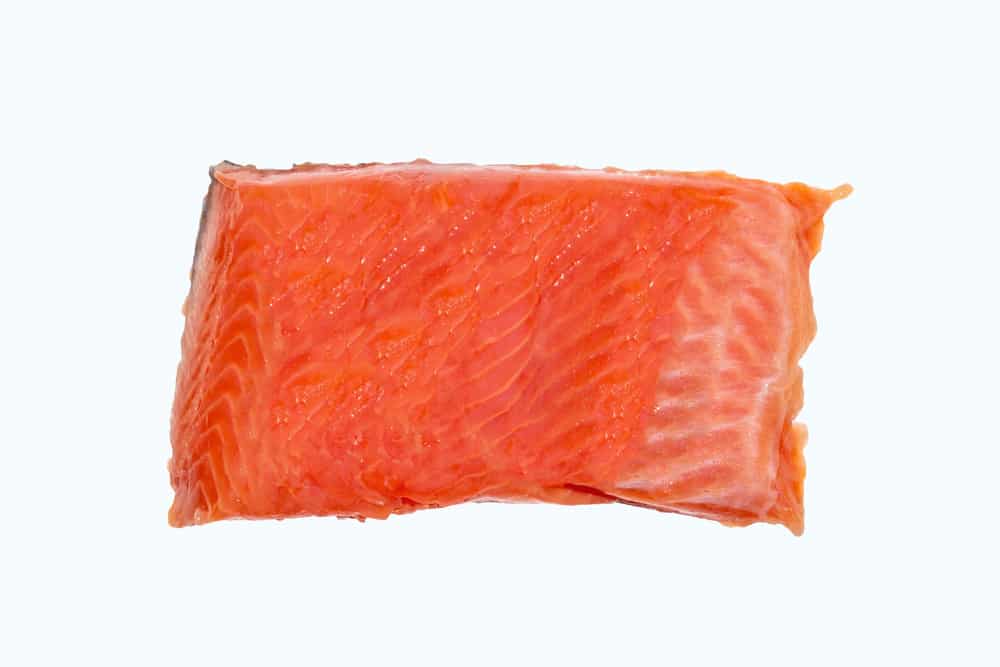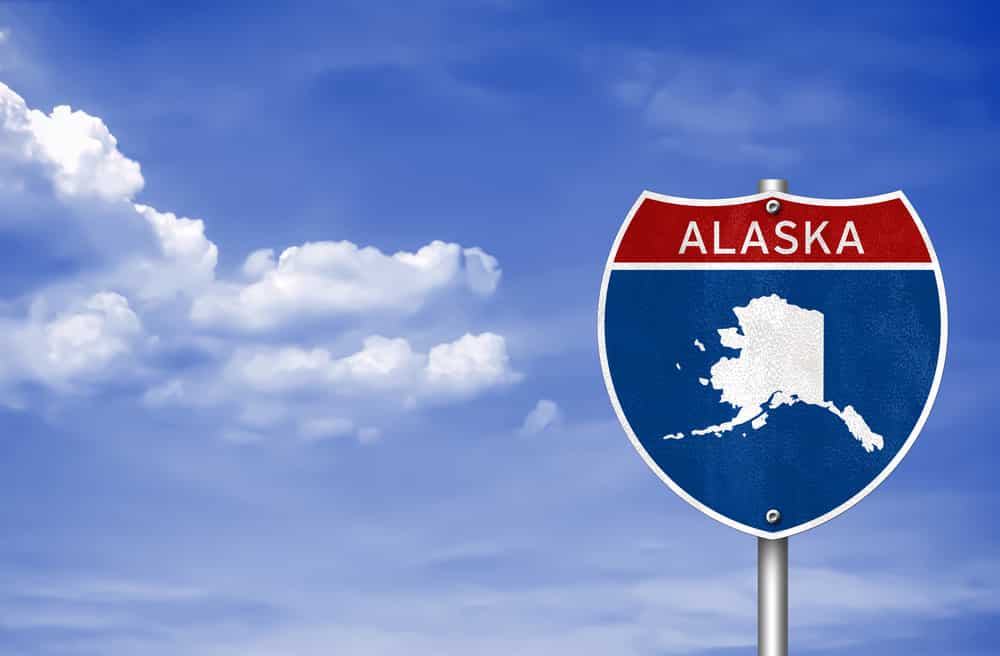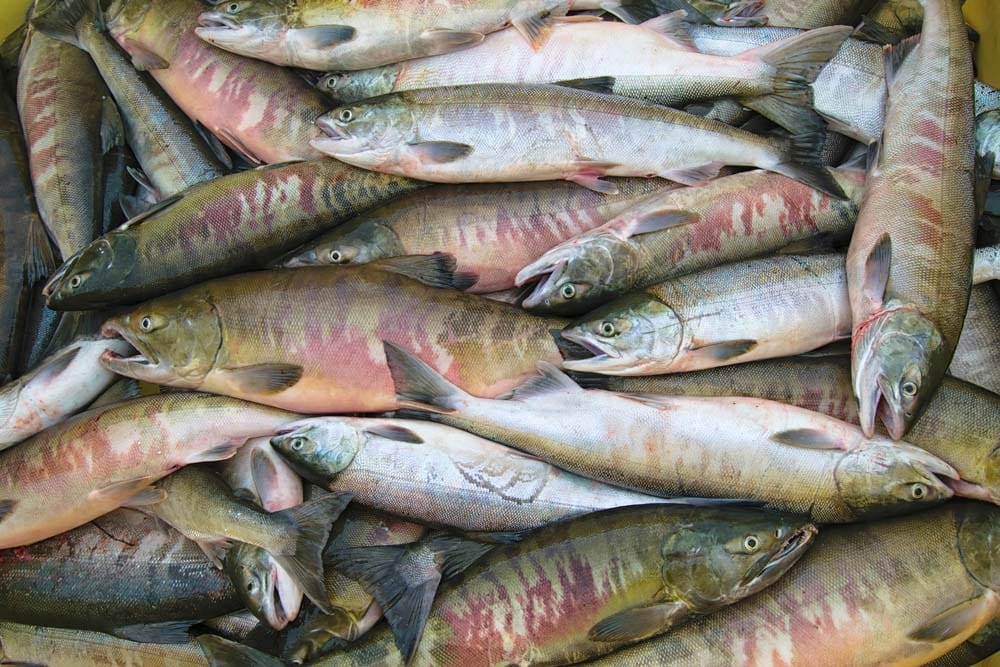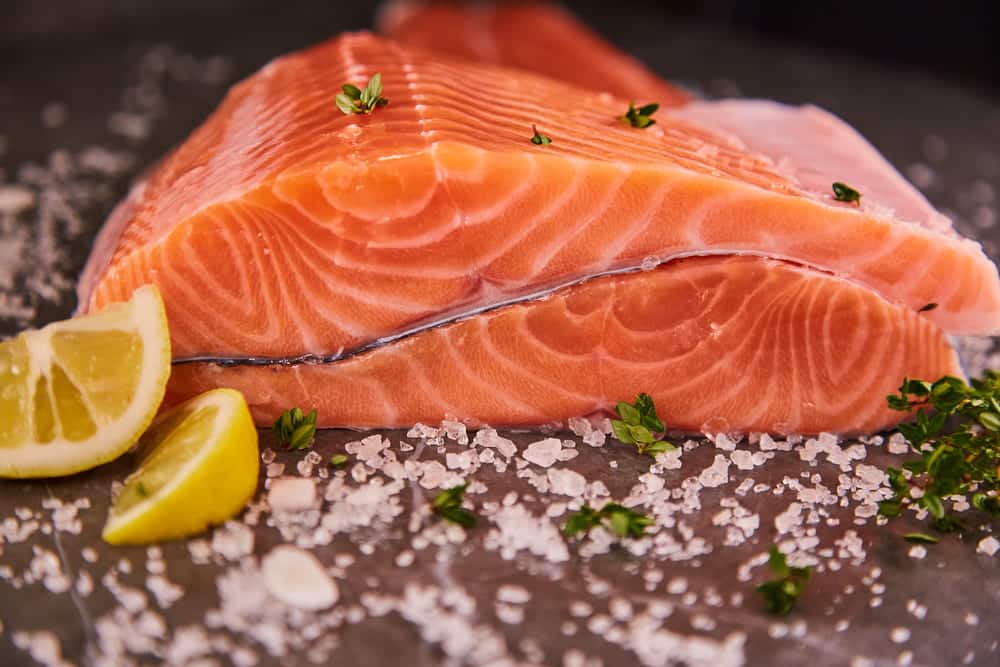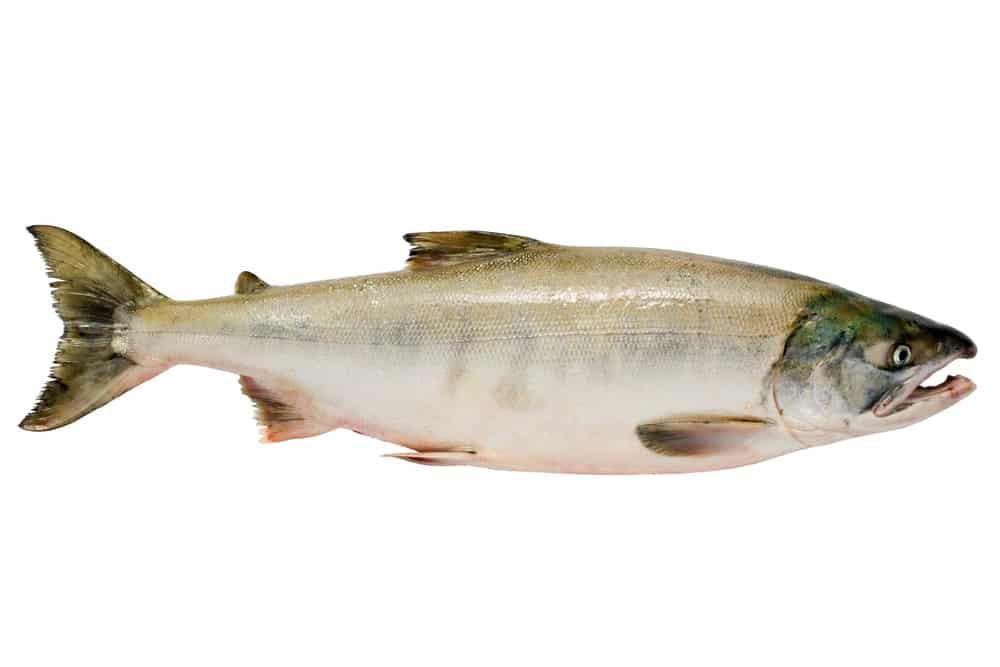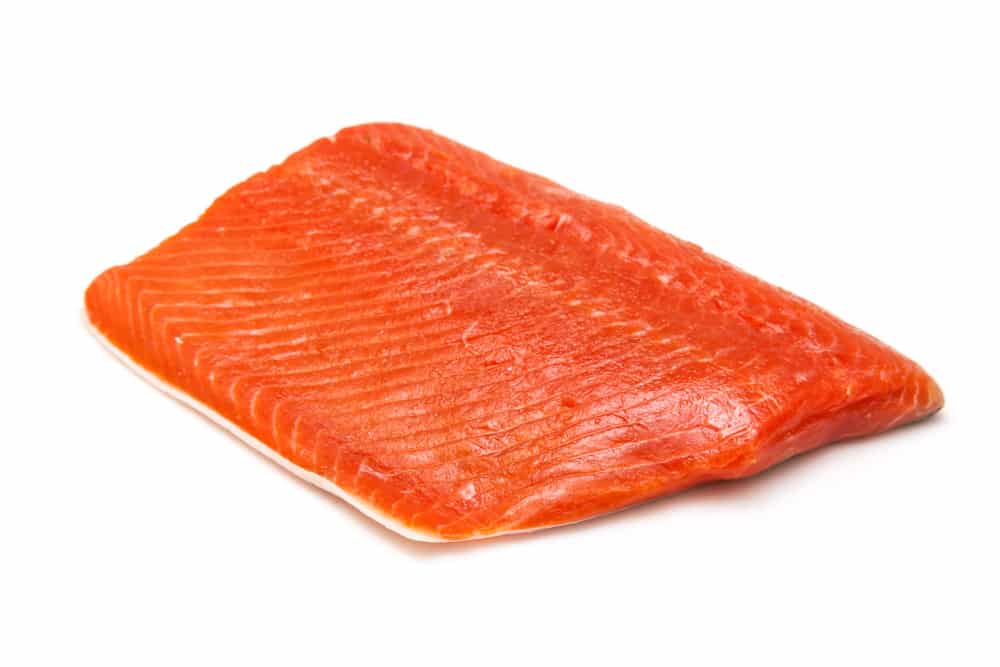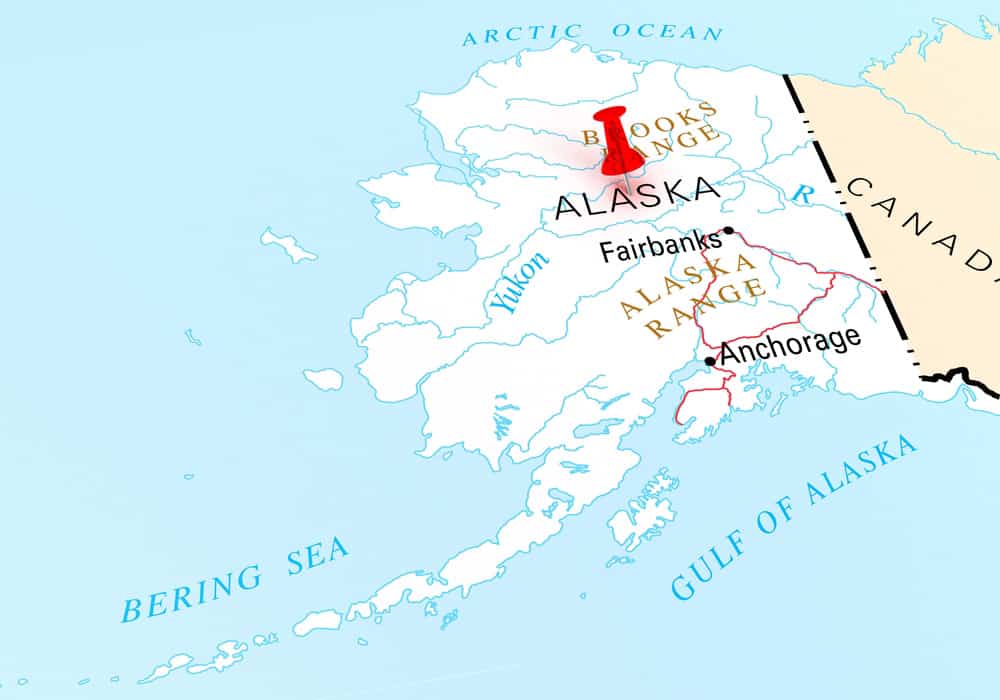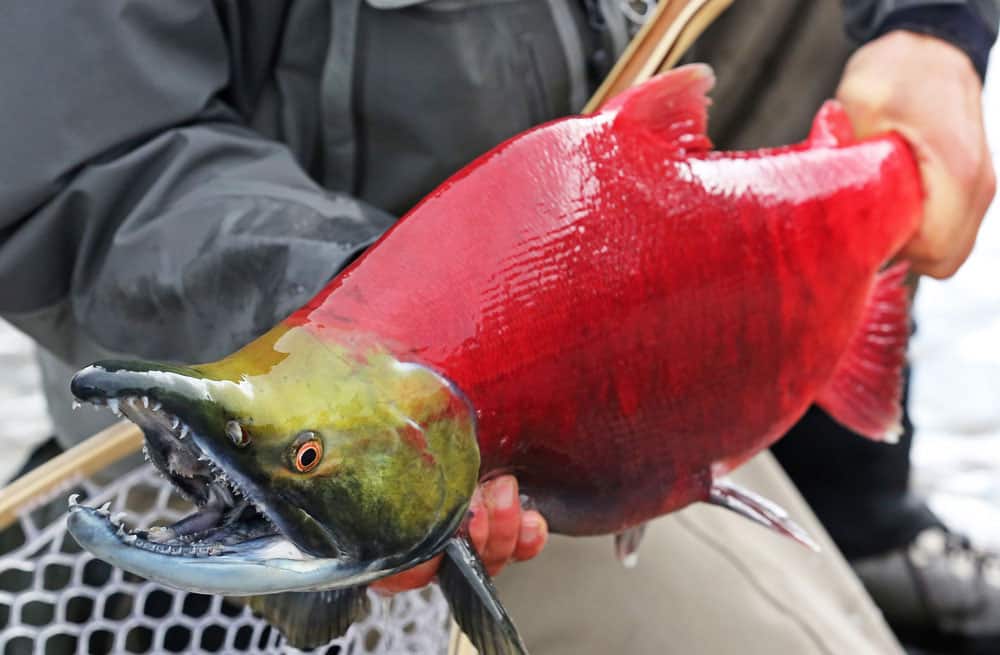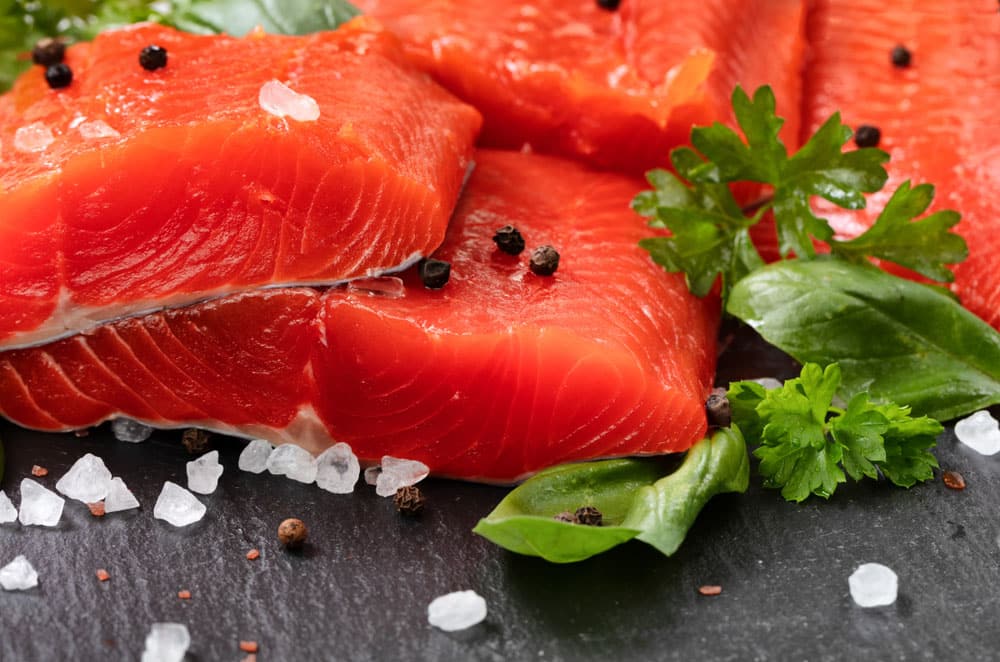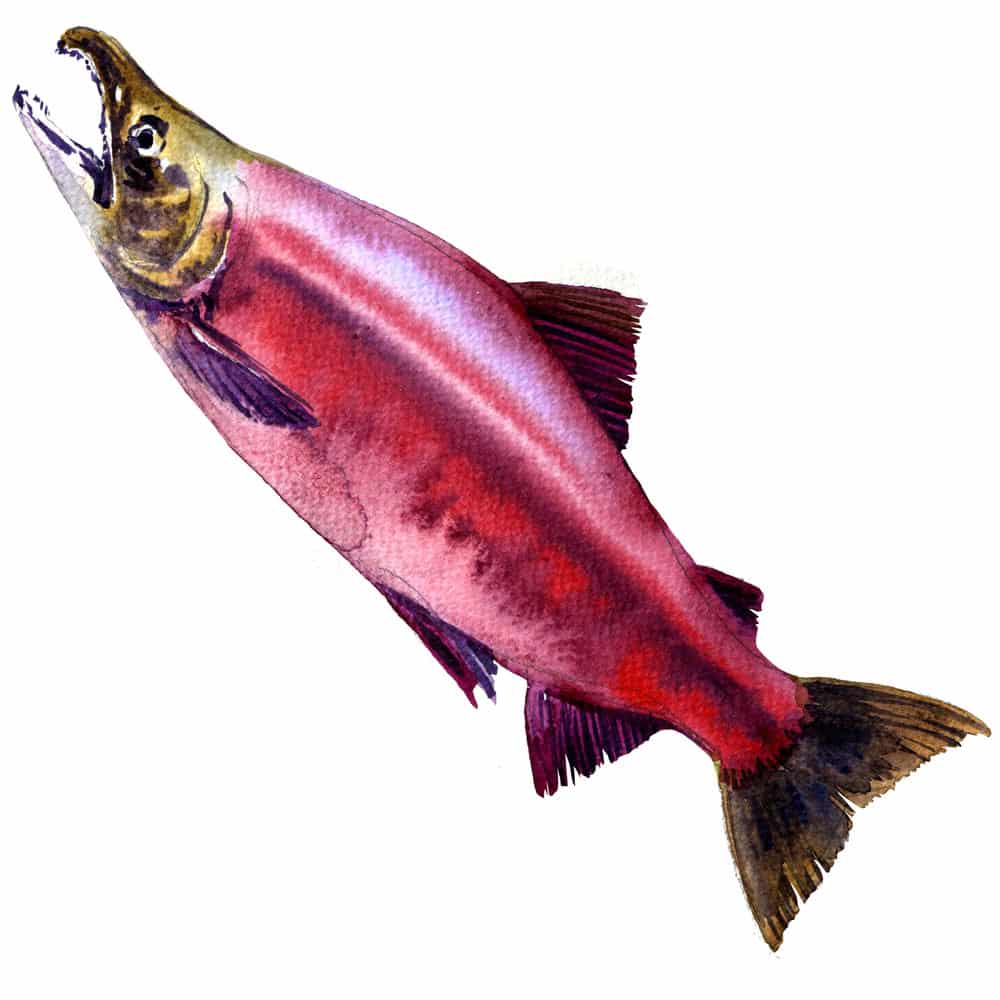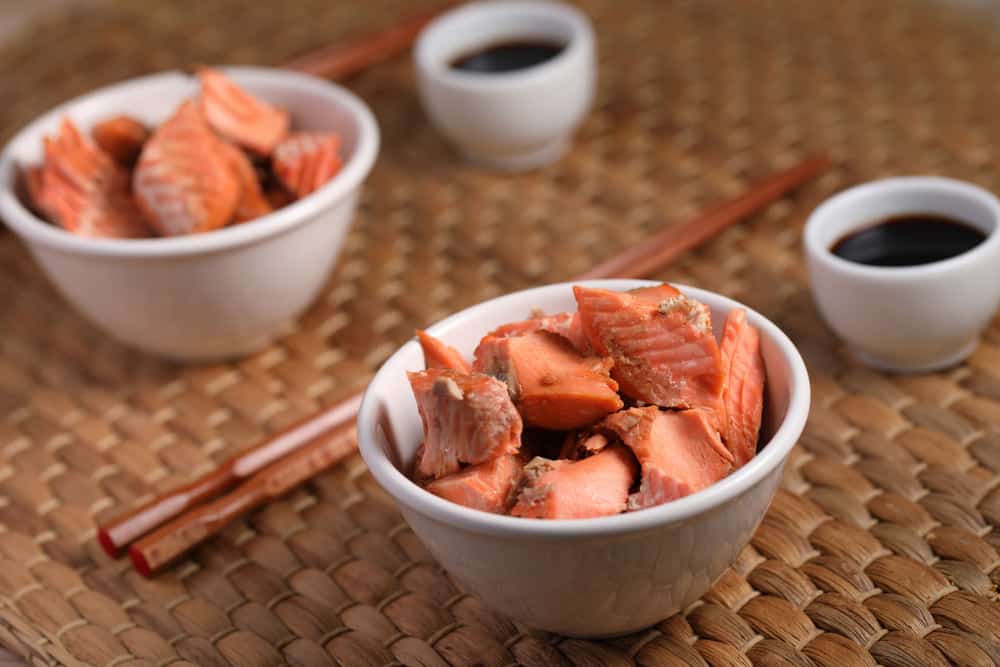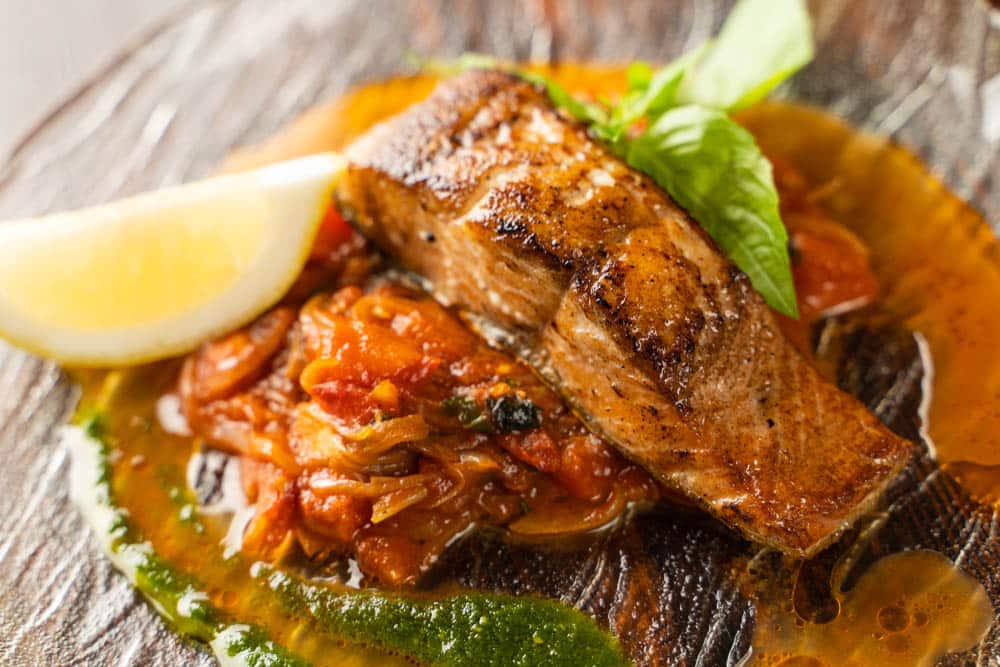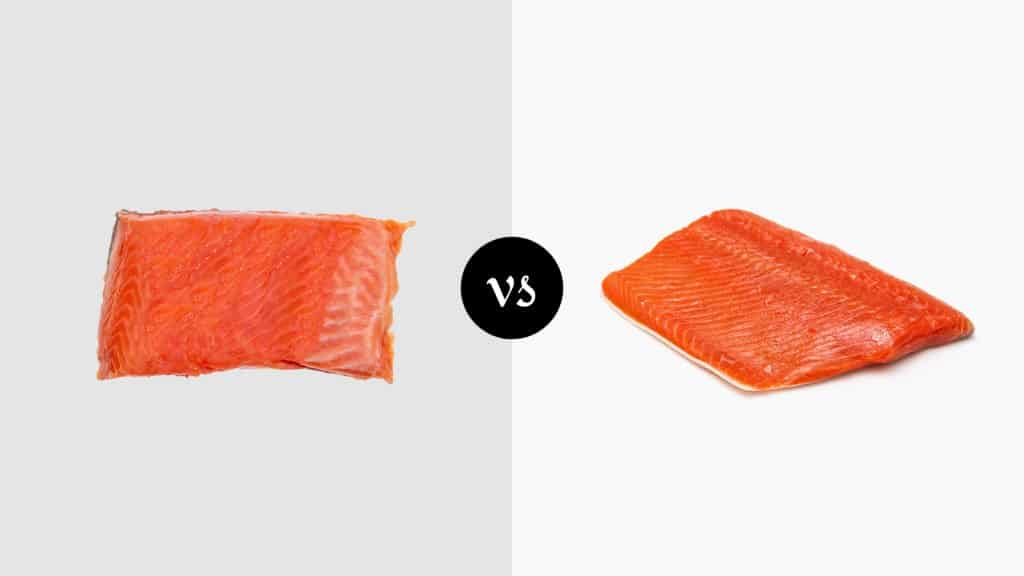
Did your dietician add salmon to your diet, or are you perhaps a general seafood lover? Either way, you would understand the importance and immense satisfaction that comes from eating fish. When talking about fish, salmon is akin to an undisputed king.
There are a few types of fish that can compare to the flavor, texture, and versatility. If you aren’t eating fish for its taste, keep in mind just how packed salmon is with nutritional benefits.
From healthy omega 3 fatty acids to a healthy dose of protein, fish should be a part of most people’s regular diet. There are many different types of salmon available, and each one is unique.
In this article, we’ll be taking you through a comparison of keta salmon vs. sockeye salmon so that you’ll never be left wondering which you feel like or what variety to try.
Keta Salmon Vs. Sockeye Salmon Comparison
| Keta Salmon | Sockeye Salmon | |
|---|---|---|
| Names | Oncorhynchus Keta - Keta Salmon, Dog Salmon, Silverbrite, Chum | Oncorhynchus Nerka - Sockeye Salmon, Red Salmon, Kokanee Salmon, Blueback Salmon |
| Region | Alaska | Alaska, Asia |
| Color | Light Pink To Orange | Bright Orange |
| Flavor | Mildly Fishy | Boldly Fishy |
| Texture | Firm And Lean | Firm, Buttery And Fatty |
| Size | 5.5kg/12lbs Average | 4.2kg/9.2lbs Average |
| Best Uses | Grilling, Roasting | Baking, Grilling |
| Affordability | $25 Per Pound | $15-$30 Per Pound |
Keta Salmon Vs. Sockeye Salmon
Learn which is the larger fish, what texture to expect, and everything you need to know about which to choose for a milder or bolder fish flavor through our comparison of keta salmon vs. sockeye salmon.
Keta Salmon
The Alaskan favorite, keta salmon, is a delicacy that is enjoyed all around the world. Sustainable, tasty, and well-priced, it’s easily one of the most popular varieties. Let’s take a closer look at the defining characteristics of keta salmon.
Names
The scientific species name for keta salmon is Oncorhynchus keta. However, keta salmon is known by several other names, including dog salmon, silverbrite, and chum.
Region
Wild keta salmon is one of the five salmon species located in Alaska. Each year they are harvested between June and halfway through October.
Color
Expect firm flesh ranging between light shades of pink to orange.
Flavor
Keta salmon has a mildly fishy flavor that’s suitably light for those who don’t typically like fish or bold ocean flavor. Many prefer keta over other types of salmon due to its lack of excessive oiliness and subtle taste.
This also makes it a highly versatile variety that suits a broad range of flavor profiles and cooking styles. It’s the go-to choice for those looking for one of the mildest types of salmon available.
Texture
The flesh of keta salmon is firm, pink, and the leanest out of all species of salmon. It’s the lack of fat that translates to lower oil content and the fish’s mild flavor.
Size
With a length of 60-70cm/1.9-2.3 feet and weight between 3.6kg/7.9lbs, Keta salmon are considered medium-sized salmon. When compared to sockeye measuring 1.5 to 2.5 feet in length, it becomes clear that keta salmon is noticeably larger on average.
Keta salmon can reach up to 8.7kg/19lbs or bigger but average around 5.5kg/12lbs when sold as a whole fish commercially.
Best Uses
There are technically endless ways to prepare a good cut of salmon. However, keta salmon is best suited to grilling and roasting. It is recommended that you cook it at a low temperature. That’s because of the low oil content.
Furthermore, don’t hesitate to bake, poach, or broil keta salmon as it comes out great too. Think outside the box and try serving shredded keta in pasta and salads. The light taste gives this tasty type of salmon excellent versatility.
Affordability
Most fishmongers sell keta salmon for an average of $25 per pound. This places the cost of keta salmon at roughly $50 to $60 per piece at a minimum.
Sockeye Salmon
With the highest concentration of omegas out of all salmon, sockeye salmon is certainly one of the healthiest choices. The health benefits are mainly due to the high-fat content found in this type of salmon. Let’s take a closer look at its other defining characteristics.
Names
Sockeye salmon carries the scientific name Oncorhynchus nerka. It is also known as red salmon, kokanee salmon, and blueback salmon.
Region
The Northern Pacific Ocean and its rivers are largely where sockeye salmon are found. The vast majority of the world’s sockeye salmon are netted in Alaska, whereas Asia comes in second, with 90% of all production occurring in Russia’s Kamchatka Peninsula.
There are certain groups of sockeye that spend their whole lives living in freshwater. It’s the third most abundant species of salmon in the world.
Color
Sockeye salmon is different from other kinds of salmon and fish because of its vibrant red color. The flesh is a deep orange and often treasured above all other varieties of salmon by those who like the taste of seafood.
Flavor
Sockeye salmon offers a strong fishy flavor. Despite having a bolder buttery fishy taste, the ocean-esque flavor is unique and unlike other varieties of fish and seafood. The distinctive flavor is so one-of-a-kind that it may even become a favorite for those who don’t typically like fish.
It is well worth a try if you haven’t indulged already. One thing to keep in mind is that sockeye salmon is a species whose flavor changes prominently based on where the fish was harvested. Environmental conditions play a major role in the favorability of its taste.
Texture
Expect a dense and buttery texture from sockeye salmon due to the significantly higher fat content as compared to Keta.
Size
As one of the smallest species of salmon, sockeye salmon measure between 1.5-2.5 feet/45-76cm in length and weigh between 4-15lbs/1.8-6.8kg. The average sockeye salmon found sold commercially weighs around 4.2kg/9.2lbs.
Best Uses
The best way to cook sockeye salmon is grilling, roasting, or baking. Ideally, you’re looking for a recipe and cooking method that allows the oiliness of salmon to cook away while masking or elevating the bold fishy flavor through the intelligent use of distinctive ingredients.
It is common to include a source of acidity like lemon and herbs when cooking sockeye. It has many uses, just like a regular salmon. Add it in burgers or use it as a major dish of its own.
Affordability
Sockeye salmon retails for between $15 and $30 per pound in the USA, with fresh fish costing more than frozen sockeye.
Keta Salmon Vs. Sockeye Salmon, Final Thoughts
So, which is better between keta salmon vs. sockeye salmon? Owing to its small size, sockeye salmon is the fish of choice when you need or prefer a smaller fillet. Its strong taste generally pairs with additional sauces.
When you pull off sockeye properly, it’s one of the most delicious dishes around. For bigger fillets and a taste that’s guaranteed to be enjoyed by almost everyone due to its mildness, keta salmon is your best bet.
It’s not the type for boldly fishy meals, but to be enjoyed alone or with a simple side dish with light flavors, keta will impress over and over again.
